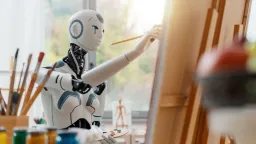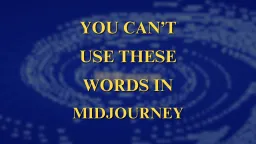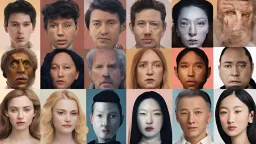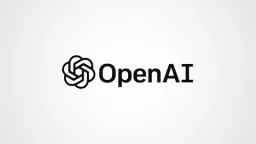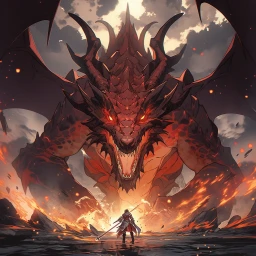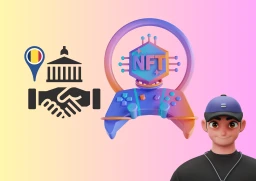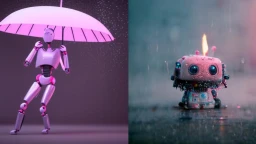AI Art Sparks Controversy: Bengaluru Artist Faces Backlash for Selling AI-Generated Paintings on Church Street
Artificial Intelligence (AI) has undeniably reshaped numerous facets of our lives, from how we work to how we entertain ourselves. The art world is no exception, with AI-generated art carving out a unique and innovative niche. Recently, Ashok Reddy, an artist from Bengaluru, sparked an intense debate within the art community and beyond by selling AI-generated art on Church Street, Bangalore. This event serves as a poignant case study for the evolving acceptance and criticism of AI in the creative sector.
The Incident: Ashok Reddy's Bold Step
Ashok Reddy ventured into uncharted territory by setting up a stall featuring AI-generated designs. His announcement on X (formerly Twitter) about the success of his stall, where he sold 60-70% of his stock, was met with a mixed bag of reactions. While some applauded his initiative, others criticized the legitimacy and effort behind AI-generated art.

Also read: Made With AI: How does AI Image Labeling on Instagram and Facebook Work?
The Backlash: Understanding the Criticism
Critics argue that AI-generated art lacks originality and the personal touch that traditional art embodies. Comments such as "These are NOT your designs, they're made using AI you have put in no effort in creating them!" and "AI generated content can never be called ‘My designs’…. Have some shame and sell something good or original," reflect a broader skepticism and resistance towards AI art. Detractors view this form of art as lazy, inauthentic, and a capitalistic attempt to profit from technology rather than genuine creativity.
The Support: A New Horizon for Art
On the flip side, many individuals and supporters of AI art rallied behind Reddy. They celebrated his hustle and the beautiful designs he brought to life through AI. Comments like "Keep doing the great work; love the hustle. Will surely get one if I visit Church Street," highlight a growing appreciation for the fusion of technology and art. Supporters see AI as a tool that democratizes art creation, allowing more people to explore their creativity and produce visually stunning pieces.
Also read: How to use lightings in Midjourney: Working with multiple lightings on a single image
The Bigger Picture: AI Art in the Creative Ecosystem
The incident with Ashok Reddy is a microcosm of the larger debate surrounding AI art. It raises important questions about what constitutes art and who qualifies as an artist. AI-generated art challenges traditional notions of creativity and authorship, pushing the boundaries of what is possible.
AI as a Creative Tool
AI should be viewed not as a replacement for human creativity but as a tool that augments it. Just as artists use brushes, pencils, and digital tools, AI can be another medium through which artists express their vision. The process of creating AI art involves significant skill in understanding and manipulating the technology to produce desired outcomes, which in itself is a creative endeavor.
Ethical and Philosophical Considerations
There are valid ethical and philosophical considerations about AI in art. The use of AI algorithms, which are often trained on existing artworks, brings up issues of originality and intellectual property. However, these concerns can be addressed through transparent practices and the development of ethical guidelines for AI art creation.
Also read: Crafting Your Perfect Book Cover: A Step-by-Step Guide with Midjourney & Canva
A Call for Open-Mindedness
The controversy surrounding Ashok Reddy's AI-generated art highlights the need for a more open-minded approach to the evolving art landscape. As technology continues to advance, so too will the methods and mediums through which art is created. Embracing AI-generated art does not diminish the value of traditional art forms; instead, it enriches the tapestry of human creativity.
The AI art community stands at the forefront of this exciting frontier, encouraging dialogue, innovation, and acceptance. By recognizing the potential of AI as a creative partner, we can expand the boundaries of art and explore new dimensions of expression.
